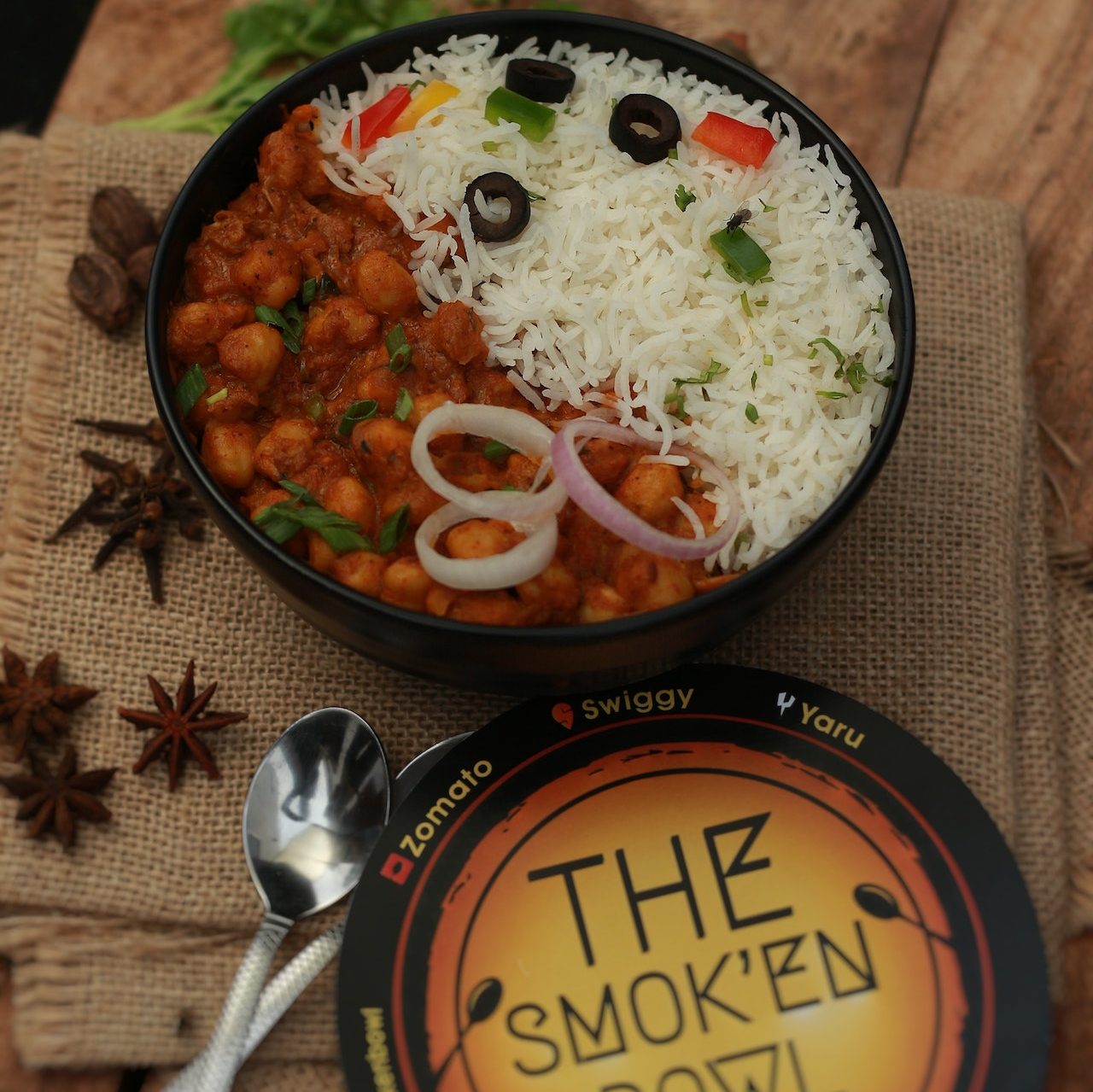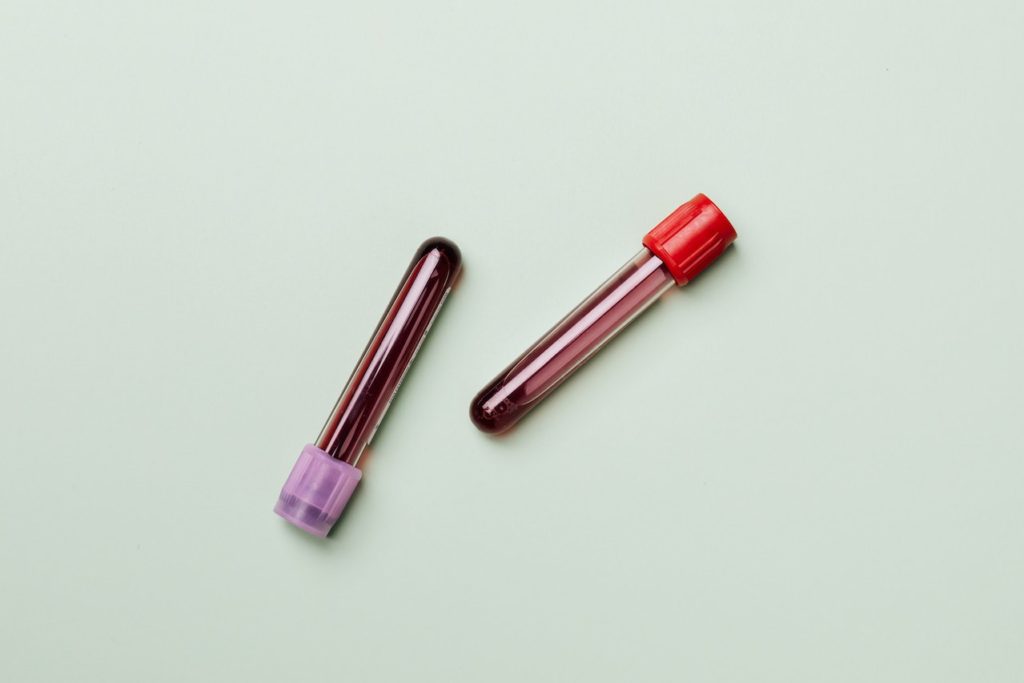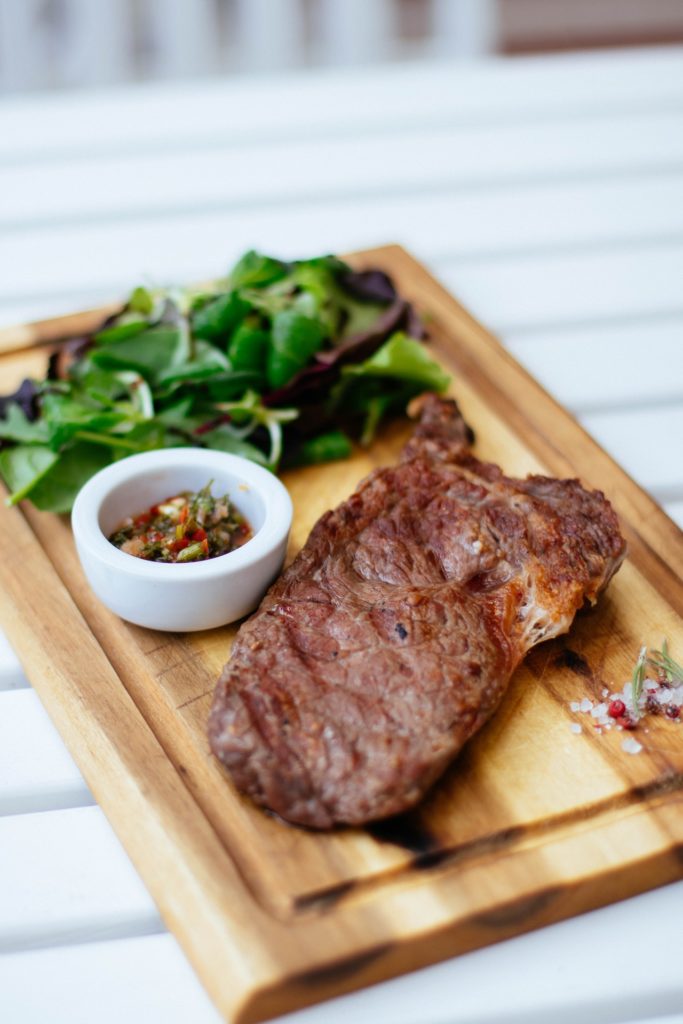Though we’ve all heard about iron, the prevalence of iron deficiency anaemia is still high around the world. So what more do we need to know about it? Today we welcome back John-Paul from My Passionista, who is becoming a regular feature writer here on Nourish by CH. He shares a bit more insight into how much iron we usually need and why it’s important.
In his last post, John-Paul clarified many myths about carbohydrates and exercise. He’s also just started his own nutrition-related Instagram, Light Wave Fit where you can see him in action teaching us a few techniques with the kettlebell and more exercise and nutrition tips.
So let’s get into it!

Iron is an important micronutrient and has role in producing red blood cells and carrying oxygen to the muscles and the rest of the body. Iron is sometimes known as a ‘trace element’ and is denoted by its chemical symbol ‘Fe’.
Iron in food can be classed as either animal or plant, also known as ‘haem iron’ or ‘non-haem’ iron, respectively. Animal sources of iron tend to be more bioavailable and more easily absorbed by the body. However, if you’re vegetarian of vegan, you can boost absorption of plant-based iron by adding a squeeze of lemon or lime juice to your meals or consuming orange or grapefruit juice with your cereal as this contains vitamin C, known to increase the absorption of iron. Vitamin C is an iron enhancer.
Iron has many functions but is best known for its role in blood health. Iron is also a co-factor in several biochemical reactions involved in oxidative energy production which occur within the mitochondria (Deakin, 2011). Mitochondria are power engines within cells which absorb nutrients and create energy. Iron is involved in thyroid hormone metabolism, neural function and immune function and is involved in red blood cell production.
How much iron do you need?

- For men over the age of 18, the recommendation is 8.7mg per day;
- For women aged 19 – 50, 14.8mg per day,
- And for women over 50, 8.7mg per day (NHS, 2020).
This can all be obtained from a nutrient-rich and diverse diet and meeting the ‘5-a-day’ guideline.
Women of menstrual age can often have an iron deficiency, especially teenage and pregnant women, as well as some infants and young children. From the National Diet and Nutrition survey (NDNS, 2001) 89.8% of women aged up to 49 years were not consuming the recommended amount of iron.
There are 3 stages to iron deficiency

- The first stage is iron depletion, characterised by a progressive reduction in the amount of storage iron in the liver.
- Complete exhaustion of storage iron characterises the second stage of iron deficiency, although haemoglobin may or may not be at normal levels.
- The third stage, iron deficiency anaemia is a reduction in the concentration of haemoglobin (Gibson, 1990).
Symptoms of Iron-Deficiency Anaemia
About 70% of your body’s iron is found in the red blood cells of your blood called haemoglobin and in muscle cells called myoglobin. Haemoglobin is essential for transferring oxygen in your blood from the lungs to the tissues.
Symptoms of iron deficiency anaemia can include tiredness and lack of energy, heart palpitations and pale skin.

A GP will usually order a full blood count (FBC) test. This will determine the number of red blood cells you have and if it is within the normal range. In men over 15 years of age, a haemoglobin level below 130mg/L, and in non-pregnant women, haemoglobin below 120mg/L is defined as in the anaemic range (NICE, 2021).
Iron deficiency anaemia is the most common type of anaemia, although there are other types such as vitamin B12 and folate anaemia that the blood test will also check for.
Treatment of Iron-deficiency Anaemia
If you do have iron deficiency anaemia, your GP may prescribe iron tablets to supplement your dietary intake. If your diet is partly low in iron-rich food sources, you may include dark-green leafy vegetables, fortified breakfast cereals, red meat, liver, dried fruits such as prunes and raisins, and pulses such as beans, peas and lentils (NHS, 2020) with the help of a registered nutritionist or dietitian.

It is wise to consume less tea and coffee as these contain phytochemicals which can inhibit the absorption of iron.
Unless recommended otherwise by a GP, ingesting iron at above 20mg per day can cause constipation, stomach upset and diarrhoea. Ingestion of iron at extreme doses can cause toxic overload and in some cases can be fatal.
If you need further advice about your iron intake, please consult a registered nutritionist or dietitian or speak with your GP. This article should not be taken as medical advice.
References:
Gibson, R. (2010) Principles of Nutritional Assessment. 1st Edition. New York. Oxford University Press.
Deakin, V. (2011) ‘Micronutrients’. Lanham, S.A. New, Steer, S.J., Shirreffs, S.M., and Collins, A.L. (eds.) Sport and Exercise Nutrition. Oxford: The Nutrition Society, Blackwell Publishing.
National Diet and Nutrition Survey (2000/1) ‘Department of Health and Food Standards Agency’. Available at: https://www.google.com/url?sa=t&rct=j&q=&esrc=s&source=web&cd=&ved=2ahUKEwj526Sc1fPtAhWPQRUIHTATBlsQFjABegQIARAC&url=https%3A%2F%2Fassets.publishing.service.gov.uk%2Fgovernment%2Fuploads%2Fsystem%2Fuploads%2Fattachment_data%2Ffile%2F216484%2Fdh_128550.pdf&usg=AOvVaw29LV2LD6Pcns5ZUffWoCPL (Accessed: 29th December 2020).
NHS (2020) Iron deficiency anaemia Available at: https://www.nhs.uk/conditions/iron-deficiency-anaemia/ (Accessed: 14th June 2021).
NICE (2021) Anaemia: iron deficiency Available at: https://cks.nice.org.uk/topics/anaemia-iron-deficiency/ (Accessed: 14th June 2021).